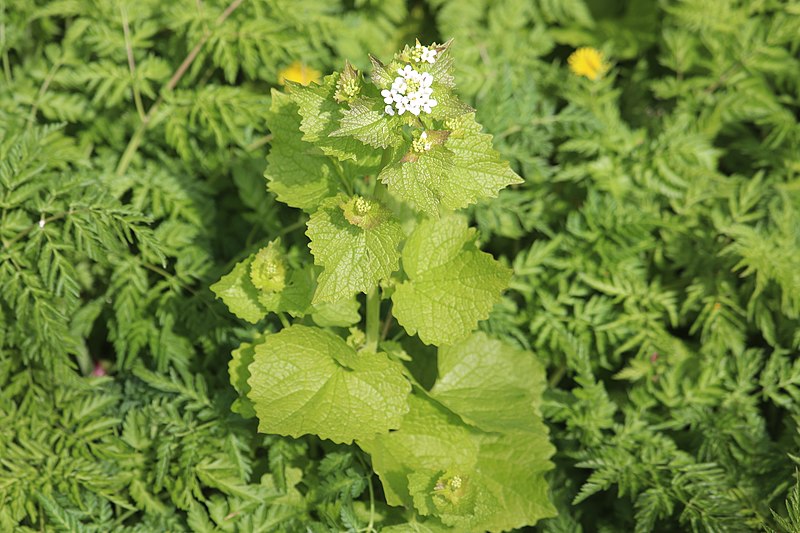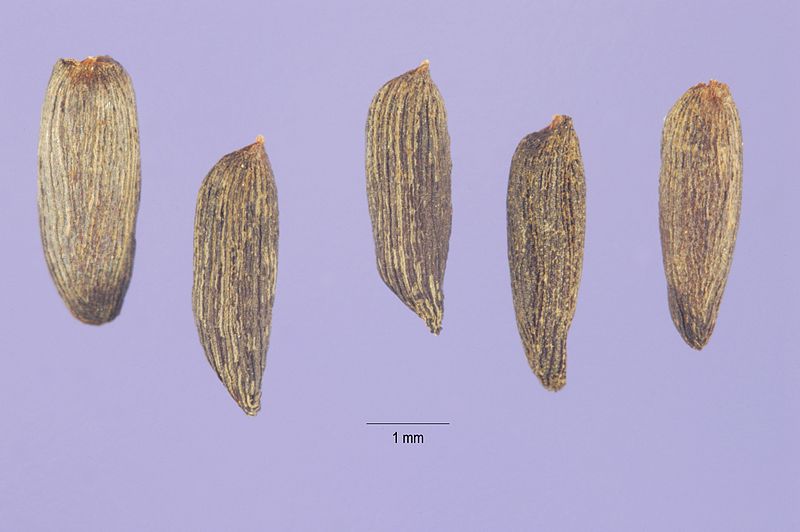Garlic Mustard Identification – Alliaria petiolata
Heads up
Garlic Mustard, or Alliaria petiolata, is a member of the Brassicaceae family, the same group to which cabbages and turnips belong. Besides Garlic Mustard, this plant is sometimes referred to simply as Alliaria, drawing from its genus name. This plant originated in Europe and, over time, has spread its roots far and wide.
The innocent-looking Garlic Mustard is an invasive species, a single plant can produce hundreds of seeds, quickly taking over large areas. Sometimes, young Garlic Mustard plants can be mistaken for violets or Creeping Charlie.
Garlic Mustard: Key Parts in Photos




Where to find it
So, where might you find this plant? Keep an eye out in parts of the woods that are shady or partly shady. The edges of forests and areas alongside roads are also favorite spots for Garlic Mustard. The plant typically stands about 1 to 4 feet tall, so it’s hard to miss.
How to identify Garlic Mustard
Garlic Mustard leaves are alternate. In its second year, the plant’s leaves can get as big as 3 inches both ways, shaped like kidneys or hearts. These leaves have large, round teeth along their edges, and they get smaller and pointier as they go up the stem. Crush one, and you’ll get a whiff of garlic, giving the plant its name. Young, first-year plants have leaves that form a rosette – a circular pattern – close to the ground. These leaves are rounder and might remind you of scalloped edges on some fabrics. Both leaves and stems can be smooth or hairy.
One of the quickest ways to spot this plant is by its distinct flower clusters. These flowers bunch together in a round shape, with each individual flower measuring about 1/3 inch across. The petals’re white and rounded, with green stamens (the male parts of a flower) that end in greenish-yellow tips. Over time, as the plant grows, these flower clusters stretch out. After flowering, Garlic Mustard produces pods. These thin capsules can reach 2 inches in length and house a row of black seeds.
